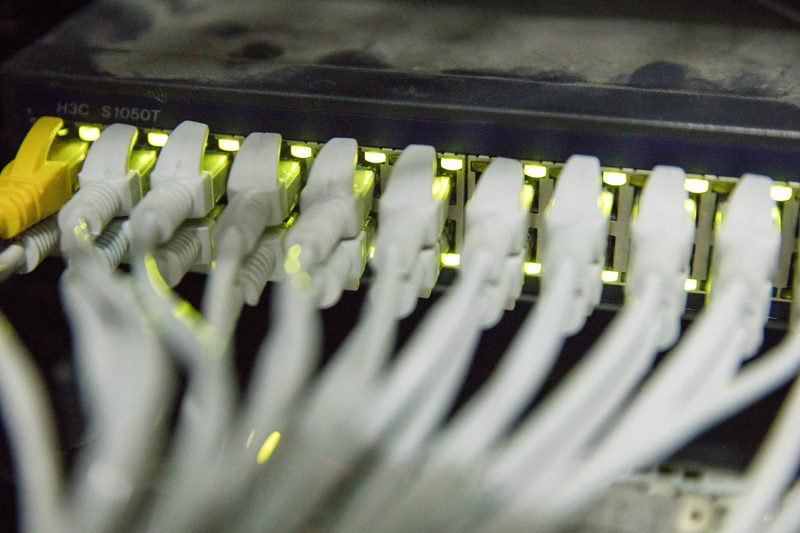Case Study: How Structured Cabling Benefits the Enterprise

Case Study: How Structured Cabling Benefits the Enterprise

Regardless of the industry, efficient and structured cabling management will help businesses get the best results from network setups, connecting devices to the Internet, and increasing efficiency in an interconnected way with ease. In this setup where multiple devices are used and shared, the right cabling management solution becomes critical.
Use structured cabling, which is a system of cables and connectors used to connect equipment in a business environment. It is designed to be scalable and flexible so it can easily adapt to changes in business IT needs.
There are many benefits to using structured cabling, including:
Improve performance: Structured cabling can help improve the performance of enterprise IT networks by providing dedicated data traffic paths. This can lead to faster file transfers, smoother video streaming, and better overall application performance.
Improved reliability: Structured cabling is designed to be more reliable than traditional cabling solutions. This is because it is less susceptible to interference and damage.
Enhanced scalability: Structured cabling is scalable so it can easily adapt to changes in enterprise IT needs. This means businesses can easily add new equipment or expand the network without replacing the entire cabling system.
Case study:
Here are some case studies illustrating the benefits of structured cabling:
(1) A small business with 10 employees installed a structured cabling system. The business has seen a dramatic improvement in network performance, with faster file transfers and smoother video streaming. The business also experienced less downtime because the new cabling system was more reliable than the old one.
(2) A large manufacturing plant with 500 employees installed a structured cabling system. The plant was able to easily add new equipment and expand its network without replacing the entire cabling system. The plant also experienced less downtime because the new wiring system was more reliable than the old one.
(3) A school district with 10,000 students installed a structured cabling system. The district was able to improve the performance of its IT network, resulting in faster file transfers and smoother video streaming for students and teachers. Downtime in the area has also been reduced as the new wiring system is more reliable than the old one.
in conclusion:
These are just a few examples of how structured cabling can benefit businesses. If you are considering upgrading your enterprise's IT network, structured cabling is a good choice. It helps improve performance, reliability, and scalability, and can easily adapt to changes in business needs.